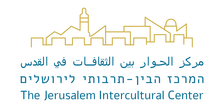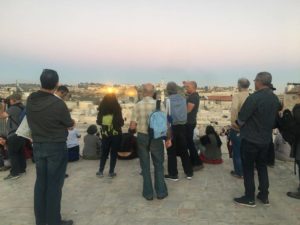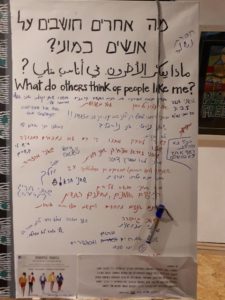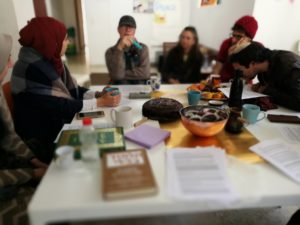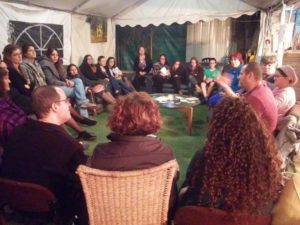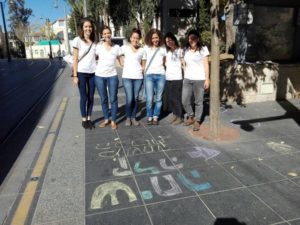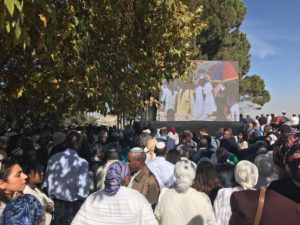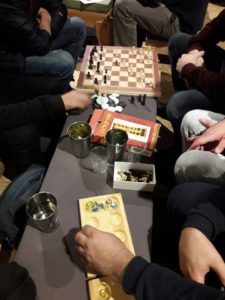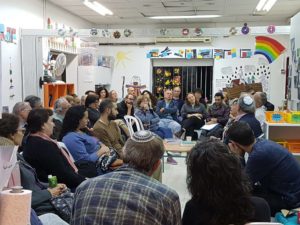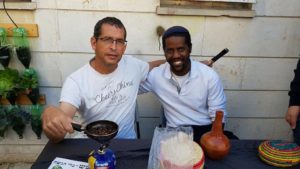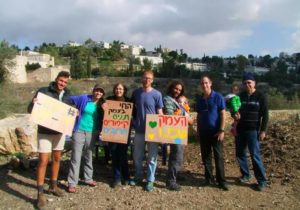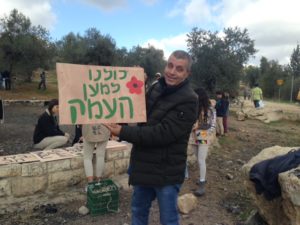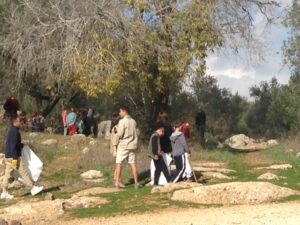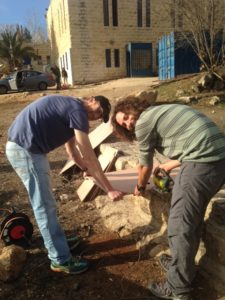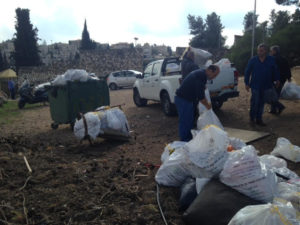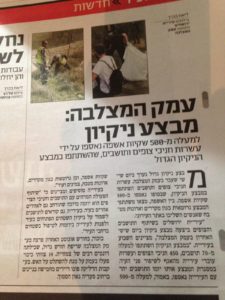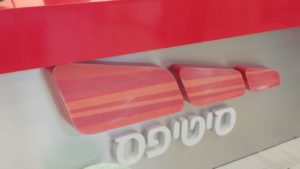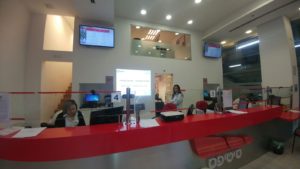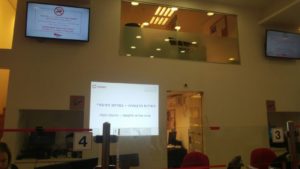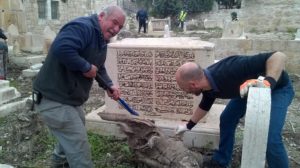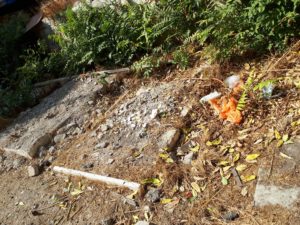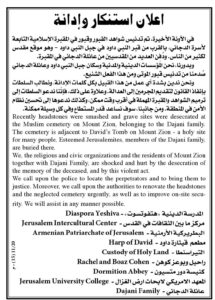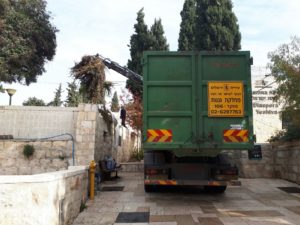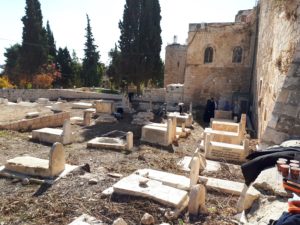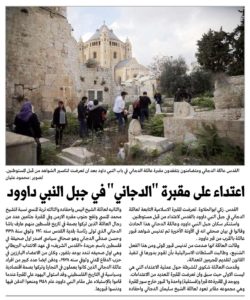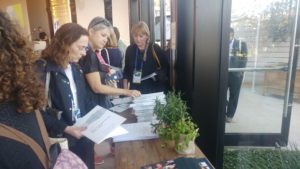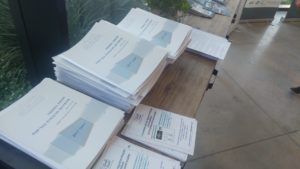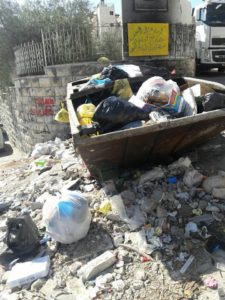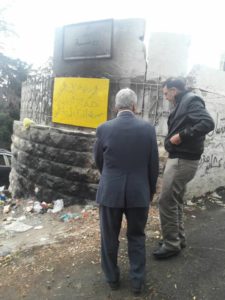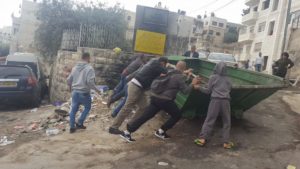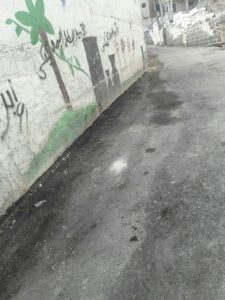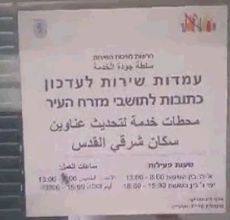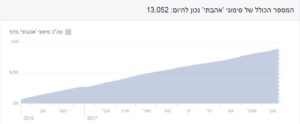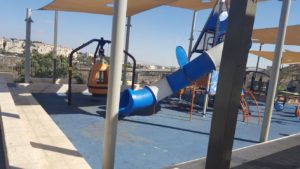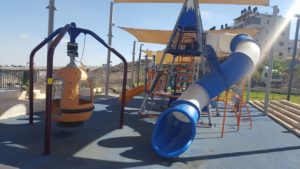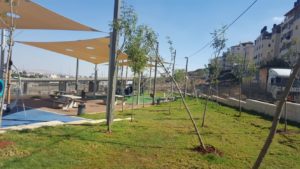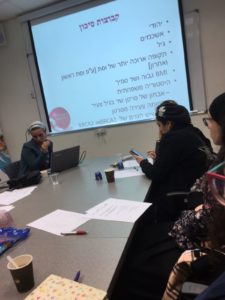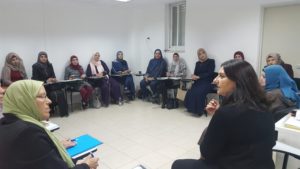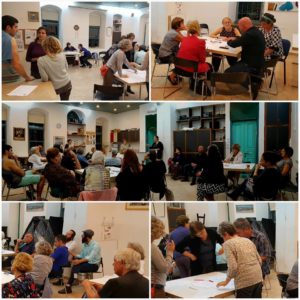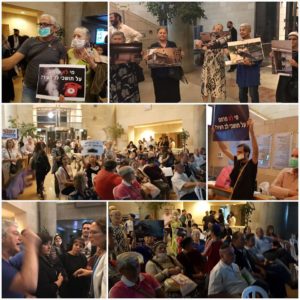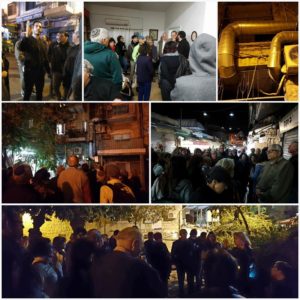Summing Up Tolerance Week
We’ve already described and listed here the 30 events that took place during Tolerance Week (November 10 – 18). Here’s how our Michal Shilor, Coordinator for the Grassroots Campaign for Tolerance, described it:
In the last week, we broke records of emotion:
Jerusalem wore its holiday clothes
She removed her masks
And was just herself:
Authentic Jerusalem, made up of her communities,
Jerusalem of Jerusalemites, of all who love her.
During the last week Jerusalem celebrated Tolerance Week – the holiday that is davka the most appropriate for our city. Davka the city of political and religious and national and international slogans, davka for the city – for those who don’t know her – that is seen as the symbol of all that is opposite of tolerance.
During the last week, Jerusalem re-centered itself. She peeled away all the layers of slogans of all who think they know her, and said:
“I am of my residents.
I am of my people.
I am of my communities who choose to live with me,
to love me and to walk in my streets.
And I bring them together. And I make them feel good. And we live together.”
Jerusalem Tolerance Week began last year, and this year nearly doubled itself, with 30 events – initiated in schools, by activists, and organizations that chose to celebrate the multicultural diversity of Jerusalem, and to bring people together who don’t usually meet.
And it was really, really exciting.
I would like to thank you for the pleasure of helping you, watching how you create the real Jerusalem with a lot of energy and in full faith.
I was brought to tears by the event that brought together formerly religious Haredi Jews and Muslims.
I skipped for joy when Runners without Borders told me that they can’t invite more people to the Jewish-Arab race because there were already 800 (!) runners registered and the police requested that there not be any more.
I wasn’t able to take the smile off my face when I met Ruth Kristina Vasileva a minute before a joint learning session of Hadith and Talmud, especially after I saw the amazing people who came to study together!
I didn’t believe how the mental health community creates an encounter with the outside world through board games and soup in the coolness of the Jerusalem autumn.
I was so excited to hear a poets’ exchange that brought together different identities through poetry.
That even the Citypass light rail company joined the adventure and create a tour that connects the mental health community, Haredi women artists and the African community of Jerusalem on the light rail line.
And I saw secular, formerly religious Jews and Haredi Jews being angry at two Haredi newspaper editors, all the while speaking about tolerance and shared living, despite the disagreements.
And I was finally able to participate in a meeting with deaf people.
That Itamar Farhi again brought us an event of tolerance stories to the Katamonim, a place where life is so complicated and woven together that it screams for it.
I met a group of people – Armenians, Muslims, Christians, Jews, Palestinians, Israelis, Americans – who decided to eat a meal together to get to know one another better.
I was able to take part in a Sigd ceremony. There were so many events of Story Along the Way that made the story of Ethiopian-Israelis so well known around the Sigd Holiday.
We were able to provide a platform to inter-religious events.
I couldn’t believe that even light rail stations and the area in front of the Jaffa Gate became places of encounter.
We had a Jewish-Arab backgammon tournament and a religious-secular Jewish encounter on Saturday.
Sentences in Arabic, Hebrew and Yiddish peppered the public sphere.
And there were all sorts of other routine events in Jerusalem – in schools, in soccer clubs, and more – that simply brought people from all the different streams to remember that Jerusalem belongs to its residents. To all its residents.
Jerusalem? Jerusalem is the tolerance capital of its people.
Here’s a compilation of posts translated into English from the 0202 Facebook page:
And the original post in Hebrew:
And here’s Jerusalem Tolerance’s post and list of all the different initiatives:
Many thanks to the UJA-Federation of New York and the Jerusalem Foundation for their continued support in advancing tolerance in Jerusalem!
